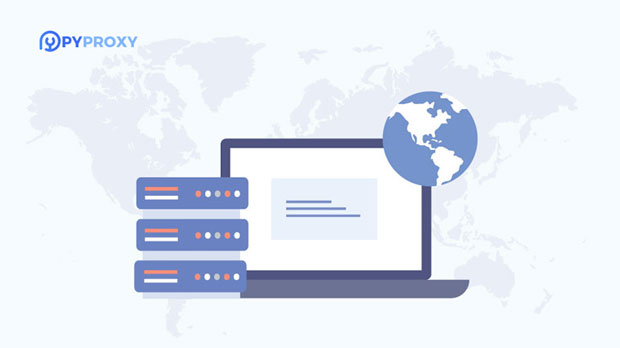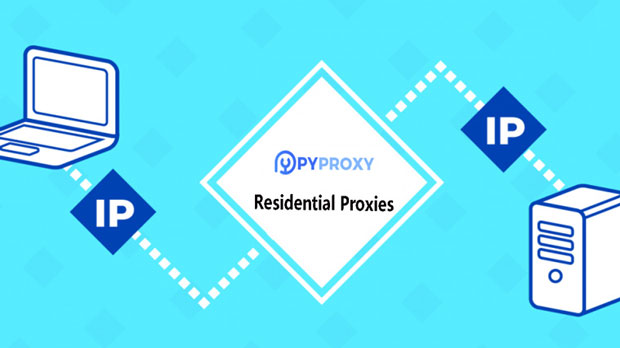When it comes to online privacy, security, and performance, choosing the right type of socks5 proxy can make a big difference. While free sock s5 proxies may seem like an appealing option due to their cost-effectiveness, premium SOCKS5 proxies offer several significant advantages that enhance user experience. Premium SOCKS5 proxies generally provide superior speed, reliability, and security features, making them a more reliable choice for both personal and business use. In this article, we will explore in detail the advantages of premium SOCKS5 proxies over free alternatives. 1. Enhanced Speed and PerformanceOne of the primary concerns when choosing a SOCKS5 proxy is speed. Free SOCKS5 proxies often come with overcrowded servers, resulting in slower connections and frequent interruptions. Since they are available to anyone without restrictions, free proxies are often used by many people simultaneously, leading to network congestion. On the other hand, premium SOCKS5 proxies are designed to handle a larger volume of traffic and provide faster speeds. Premium services invest in robust infrastructure and high-quality servers, ensuring that users experience minimal lag and uninterrupted browsing, which is essential for activities such as gaming, streaming, or any real-time online tasks.2. Greater Security and AnonymitySecurity is another crucial factor when selecting a SOCKS5 proxy. Free SOCKS5 proxies often lack the necessary encryption mechanisms or safeguards to protect user data. This leaves users vulnerable to cyber threats, including data breaches, IP tracking, and malware attacks. In contrast, premium SOCKS5 proxies offer advanced encryption and additional security features, such as support for SOCKS5 authentication. This means that users can browse the internet with a higher level of anonymity, ensuring that their sensitive data remains protected from third-party surveillance. For businesses, especially those dealing with sensitive information, opting for premium SOCKS5 proxies is essential for maintaining data privacy.3. Reliable Customer SupportWhen using free SOCKS5 proxies, users often encounter difficulties in case of technical issues, and troubleshooting can be a hassle. Free services usually lack dedicated customer support, leaving users to fend for themselves when problems arise. Premium SOCKS5 proxy providers, on the other hand, offer 24/7 customer support to help resolve issues quickly. Whether you are facing connectivity problems, security concerns, or need assistance with setup, premium services provide immediate and professional assistance. This is particularly important for businesses or professionals who rely on stable, uninterrupted proxy services for critical operations.4. Better IP Rotation and Geo-TargetingFree SOCKS5 proxies often offer limited IP addresses, which can result in IP blacklisting or restriction on certain websites. In contrast, premium SOCKS5 proxies provide access to a large pool of high-quality IPs, making it easier to rotate IP addresses regularly. This is particularly useful for users who wish to bypass geographical restrictions or maintain privacy by masking their true location. With premium SOCKS5 proxies, users can select specific regions or countries for geo-targeting, ensuring that they can access localized content while maintaining security. For businesses involved in market research or digital advertising, the ability to target different geographic locations is an invaluable feature.5. No Bandwidth LimitationsBandwidth limitations are another issue often faced with free SOCKS5 proxies. Many free proxy services impose limits on the amount of data that can be transferred within a certain period, which can severely affect user experience. In contrast, premium SOCKS5 proxies typically offer unlimited bandwidth, allowing users to access content, download large files, or stream high-definition videos without facing throttling or restrictions. This is particularly advantageous for businesses that require consistent and high-volume data transfers, such as data scraping, content distribution, or e-commerce.6. Dedicated IPs and More ControlFree SOCKS5 proxies often assign shared IP addresses, which means that multiple users are accessing the same IP at the same time. This can lead to problems like slower speeds and the risk of IP blacklisting, as multiple people are using the same address. Premium SOCKS5 proxies offer dedicated IP addresses, providing users with more control over their proxy usage. With a dedicated IP, you are less likely to face issues related to IP reputation, and you can enjoy more consistent performance. Dedicated IPs are particularly valuable for businesses that need to maintain a stable online presence and avoid being flagged by websites.7. Legal and Ethical ConsiderationsWhen using free SOCKS5 proxies, users may unknowingly engage with proxies that have been set up for malicious purposes, such as stealing personal data or conducting illegal activities. These proxies may be operated by untrustworthy individuals or entities, exposing users to significant legal and ethical risks. Premium SOCKS5 proxy providers, on the other hand, adhere to strict privacy policies and legal guidelines to ensure that their services are used in a secure and lawful manner. This provides users with peace of mind, knowing that they are using a reputable service that complies with privacy regulations and ethical standards.8. Improved Reliability and UptimeReliability is a key factor when choosing any proxy service. Free SOCKS5 proxies are notorious for their instability, often experiencing downtime and connection errors. This is particularly frustrating for users who rely on proxies for business purposes or to maintain privacy. Premium SOCKS5 proxies, however, offer much higher uptime and reliability due to their well-maintained infrastructure and fewer users per server. This ensures that users experience minimal disruptions, making premium SOCKS5 proxies a more reliable choice for long-term use.While free SOCKS5 proxies may be a tempting option due to their zero cost, they come with several limitations, including slower speeds, reduced security, limited IP options, and unreliable customer support. Premium SOCKS5 proxies, on the other hand, offer significant advantages in terms of speed, security, reliability, and user control. For businesses and individuals who value their privacy, security, and online experience, opting for a premium SOCKS5 proxy is a wise decision. Whether you need enhanced encryption, dedicated IP addresses, or reliable customer support, premium SOCKS5 proxies deliver a more robust, stable, and secure proxy solution, ensuring that you can browse the web without worry.
Sep 11, 2025


































































